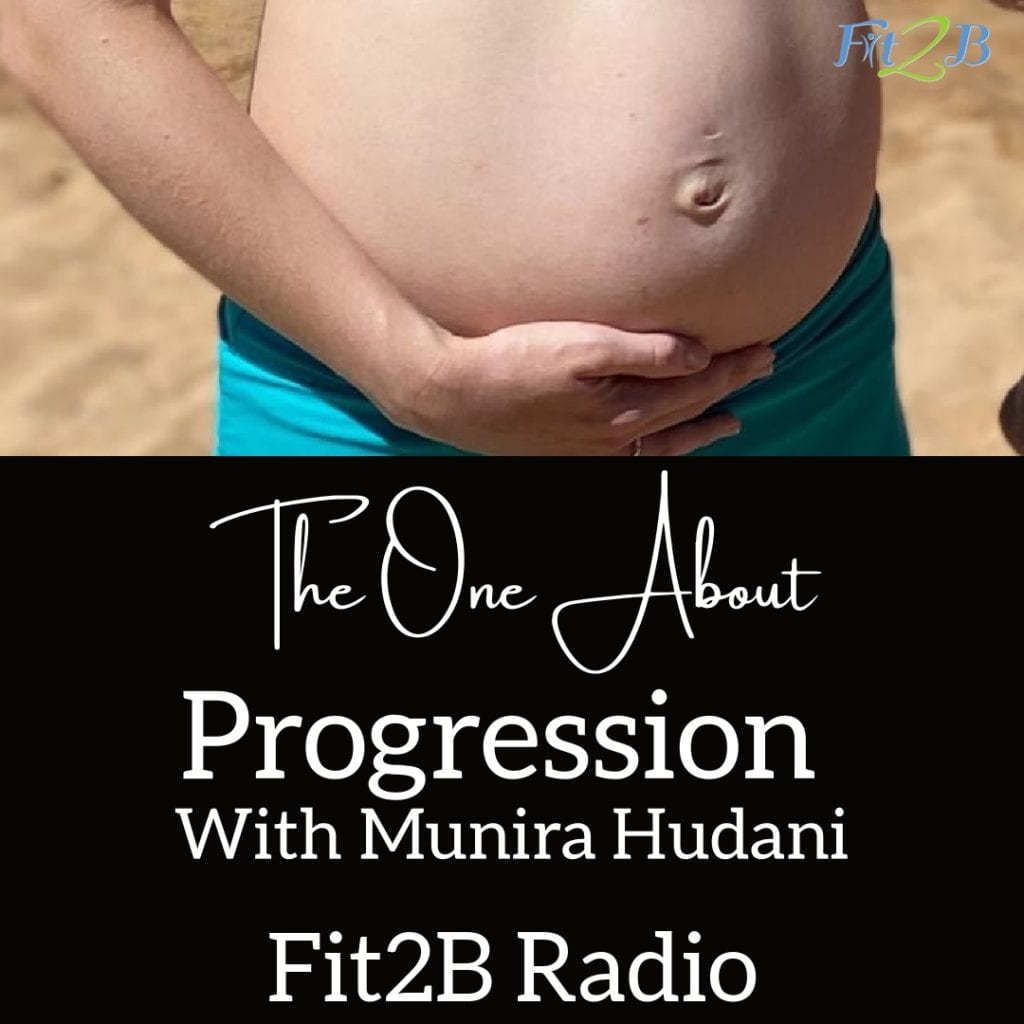💙 Quiver
WEEKLY CHALLENGE:
Do a total of 4-6 Fit2B videos of any length or difficulty, including the featured routine which should make your muscles quiver a little (or a lot) but do you even know what it means when your muscles quiver? I’ll share “some” of the answer to that in my moving through below.
Meanwhile, our goal is to feel a quiver in our muscles at least once in each workout this week. It’s the perfect time for doing this with your energy high right now. Be sure you’ve fueled yourself well, give yourself permission to press pause to break apart this routine, and let’s do this!
Featured Routine: Fusion Mix I
This “Fusion Mix” routine fuses advanced balance and fitness poses from multiple modalities. While it has zero crunches or sit-ups, it’s not for someone whose abdominal fascia is still thinned out with a wide diastasis recti. This is for someone whose gap has made progress, who can exhale to engage with any exertion – minus many reminders.
Parallel “Quivery” Workouts:
Put at least 2 days between each of these if you decide to do all of them this week, and – as you do them – reach for that edge of your range of motion or ability where you feel that tell-tale quiver. It’s telling you that change is happening.
Quote Of The Week:
“Willows whiten, aspens quiver, little breezes dusk and shiver, thro’ the wave that runs forever by the island in the river, flowing down to Camelot. Four gray walls and four gray towers, overlook a space of flowers, and the silent isle imbowers, the Lady of Shalott.”
— Alfred Lord Tennyson
Moving Thought: Back to this concept of quivering… It means they’re on the edge of change. The fascia and nerves of the shaky muscle(s) are working right at their limit.
True, there are times when shakiness feels like weakness, and sometimes it can indicate disease like Parkinson’s or other tremor-type issues. However, it ALWAYS happens when there’s a fight happening in your muscles for better connection. And we want that. We want to learn to find that edge and gently stretch its limits.
I remember feeling shaking after giving birth. I wasn’t ‘working out’ as I got out of bed to go to the bathroom for the first time, but my muscles were at capacity because they were exhausted. Similarly, I remember marveling at my newborn babies’ shaky hands and feet in their early weeks and months. They weren’t working out, but they were learning coordination and building strength, so they were exercising in a way.
Feeling a quiver in our muscles when we are working out can be a wonderful bit of biofeedback. It may happen before you feel fatigued or as you’re just starting to feel tired. You can also make it happen near the start of a hard workout by “overload” or “overstretch.”
Quivering is adaption happening LIVE in real time. But. You. Must. Be. Careful.
Shaking means: Push no harder. Stay in this zone. Continue but be ready to stop immediately.
HOW TO PARTICIPATE IN THIS CHALLENGE:
- Make the featured routine ONE of the workouts or videos that you choose this week, even if you only do part of it.
- Reach out if you need suggestions for different workouts to round out your week. We are here for you!
- Join the conversation or start it below in the comments! Check out what others have done, share ideas, offer encouragement, or get encouragement from those who’ve done this week before you!
COMMENT PROMPTS:
-
Share what you think of the featured routine.
-
Share what workouts you’re doing and how they felt to your mind and body.
-
Respond with your thoughts on the “Word/Phrase of The Week.”
-
Ask for help with anything: workout ideas, mindset, motivation, alternates for the featured routine, anything!
Beth
